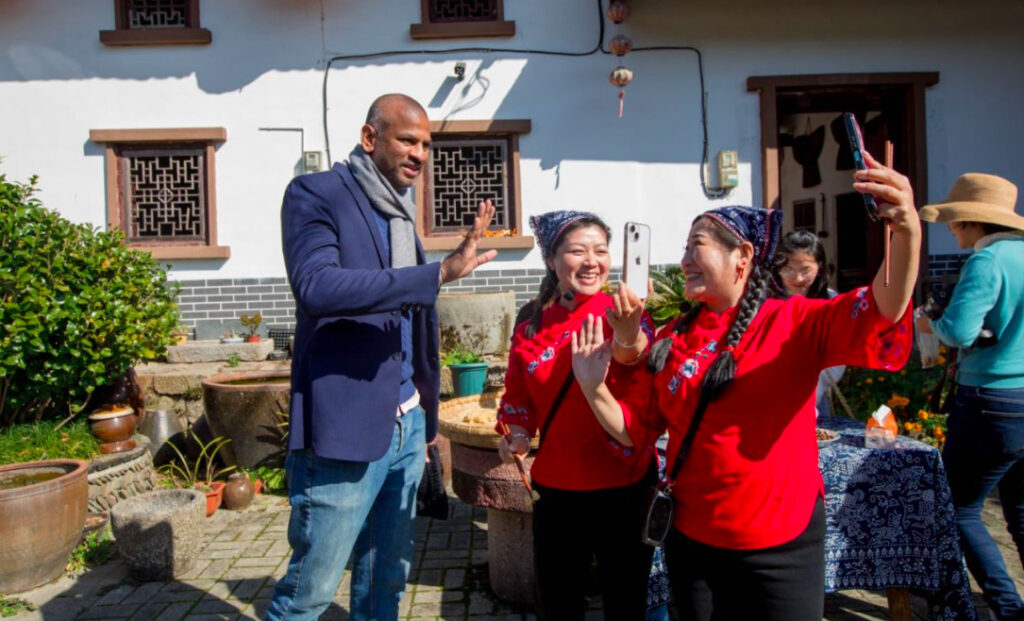Bridging Heritage: Exploring the Cultural and Historical Synergies between Yichun, Jiangxi and Sri Lanka
A Comprehensive Journey of Ecological Civilization, Tradition, and Shared Legacies
Embarking on a transformative exploration of historical ties and cultural exchange, Yasiru Ranaraja, the Director of the Belt and Road Initiative Sri Lanka (BRISL), explored into the heartland of Chinese civilization, Jiangxi province. This insightful journey sought to deepen ‘People-to-People’ connections, a crucial pillar of the Belt & Road Initiative, by unraveling the rich tapestry of ecological civilization and historical legacies shared between Jiangxi and Sri Lanka.
Historical Bonds:
The expedition commenced with a poignant reflection on historical links, drawing attention to the endeavors of Wang Dayuan, a naval explorer from Yuan Dynasty who was born in Hongzhou which is the present day Nanchang, Jiangxi Province. Wang Dayuan reached ancient Sri Lanka in 1328-1333, a century before the renowned Admiral Zheng He’s treasure voyages, he also sailed to Australia around 500 years before James Cook. This early connection laid the groundwork for a deeper exploration of cultural intersections between the two regions, setting the stage for an in-depth examination of the historical tapestry woven over centuries.
Ecological Civilization Tour in Yichun:
A pivotal aspect of the visit was the Ecological Civilization tour orchestrated by the External Communication Section of the Information Department of Yichun Municipal Party Committee and the Xinhua News Agency in Jiangxi Province. The tour, hosted by Mr. Mei Xuefeng and the communications team, aimed to showcase sustainable development initiatives at the grassroots level, emphasizing the importance of ‘People-to-People’ connections. The meticulous planning of this tour underscored the commitment to environmental stewardship and community engagement.
Local Governance Parallels:
Just as the governance structure in Sri Lanka extends from the Central Government down to the Provincial, District, Divisional Secretaries (towns), and Grama Nilidari Divisions, China’s administrative hierarchy encompasses Provinces, Cities, Counties, and towns, inclusive of villages. Remarkably, China boasts approximately one million villages, constituting roughly one third of the world’s total. On average, each village is home to around 1000 people. These villages typically comprise housing 50 to 200 families, forming the fabric of small-to-medium-sized rural communities
Cultural Resonance in Shanggao County:
The BRISL Director’s engagement with regional leaders in Mengshan Town, Shanggao County, provided a first-hand experience of the vibrant Mengshan Water and Wine Festival. The parallels between Sri Lankan tradition Ra ‘රා’ coconut wine and the water wine of Shanggao County became vivid, illustrating the cultural nuances shaped by local environments. The festival not only celebrated local traditions but also provided a platform for cross-cultural appreciation. Additionally, the active participation of over 40% female employees in local government reflected the dynamic role of women in both regions, fostering a connection beyond geographical boundaries.
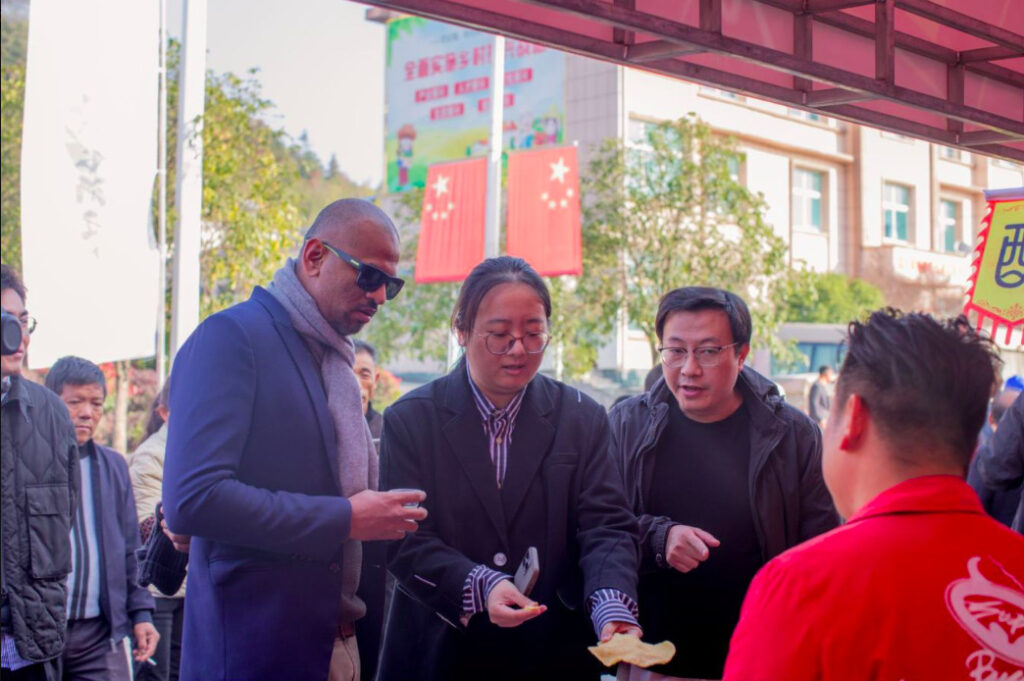
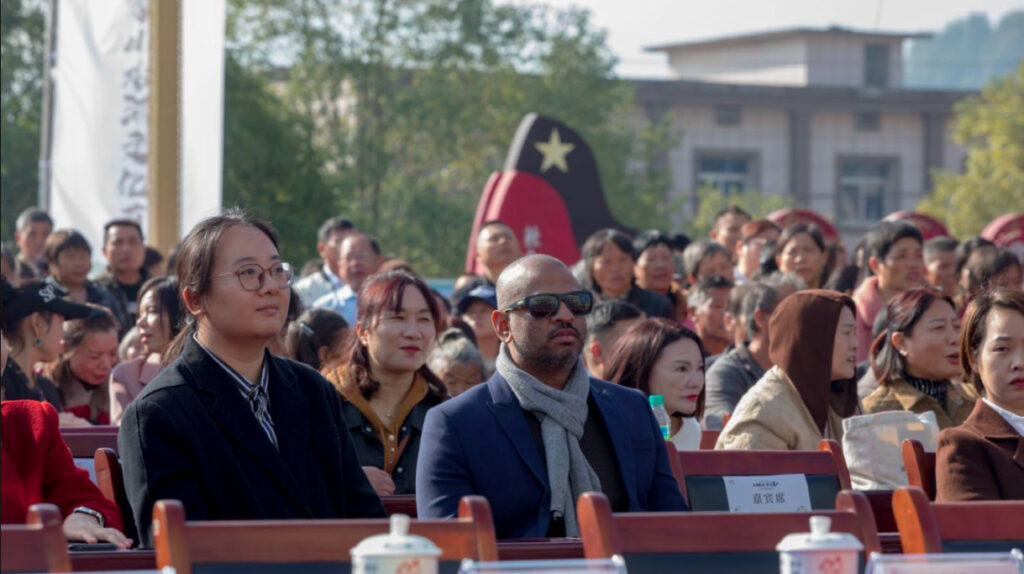
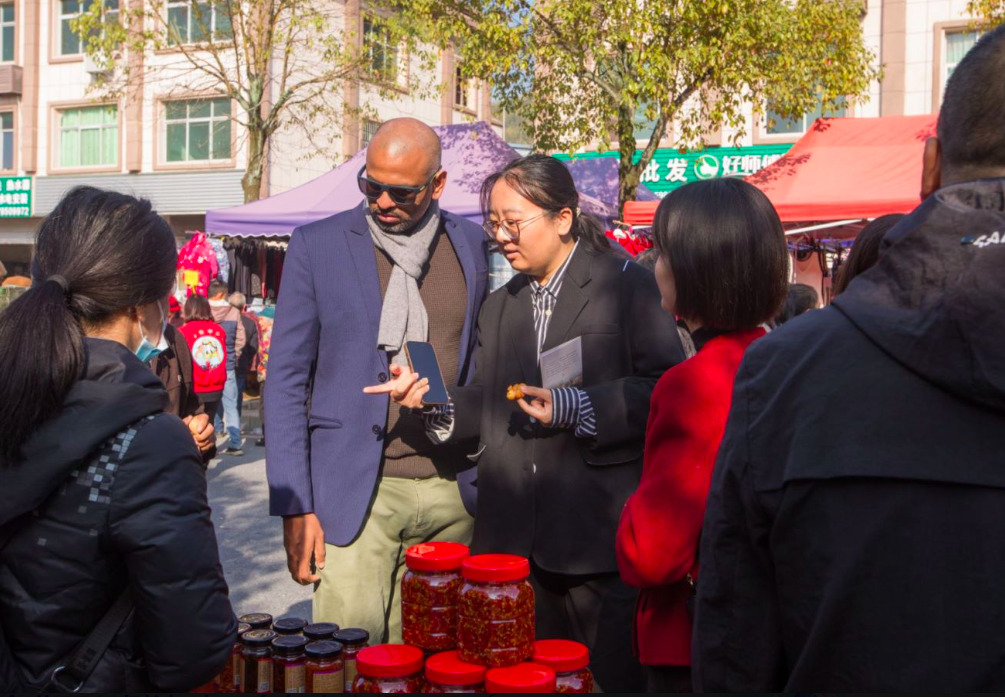
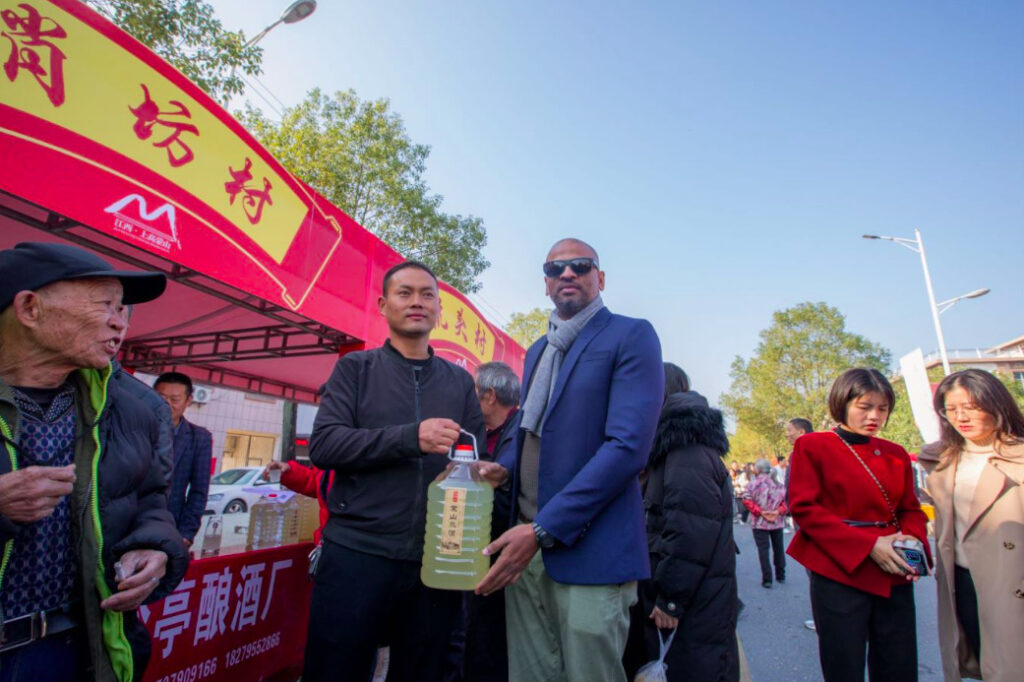
Puli Zen Temple: A Cultural Nexus:
Diving deeper into the cultural riches of Jiangxi, the BRISL Director’s journey extended to Yifeng County, where Dongshan Town welcomed with an altitude akin to the central province of Sri Lanka. Here, Yifengdong Mountain unfolded its historical and cultural significance, standing as the revered birthplace of the Caodong Sect of Chinese Buddhism—one of the five distinguished Zen sects.

The focal point of this exploration was the Pu Li Zen Temple, a testament to the enduring spirit of Buddhism that traces its roots back to the 9th century. The temple’s historical resonance transported us to an era in Sri Lanka when the Anuradhapura Kingdom was navigating through the same period. This nuanced historical connection unveiled a fascinating parallel between the ancient cultures of Sri Lanka and China, showcasing a shared Buddhist heritage that forms a cultural bridge between the two nations. The Caodong sect, propounded by Master Hongzhi Zhengjue (1091–1157), introduced a unique method of practice known as “silent illumination.” This formless meditation, devoid of a fixed concentration focus, gained popularity. However, Zen Buddhism Caodong sect was later exported to Japan from this place in 1227 by Dogen Zenji, evolving into the Soto sect.
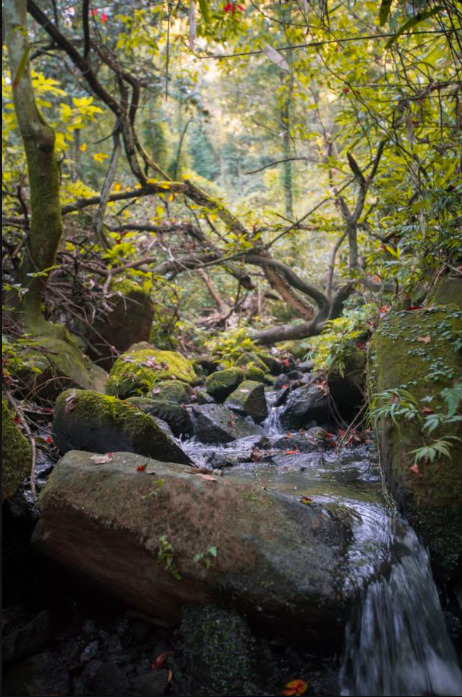
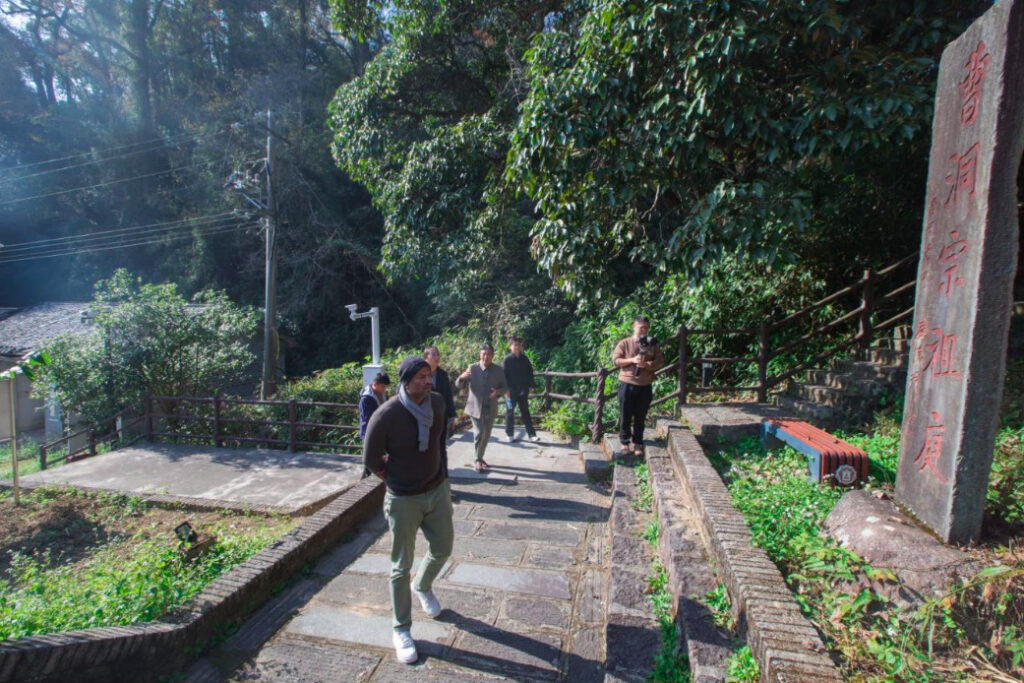
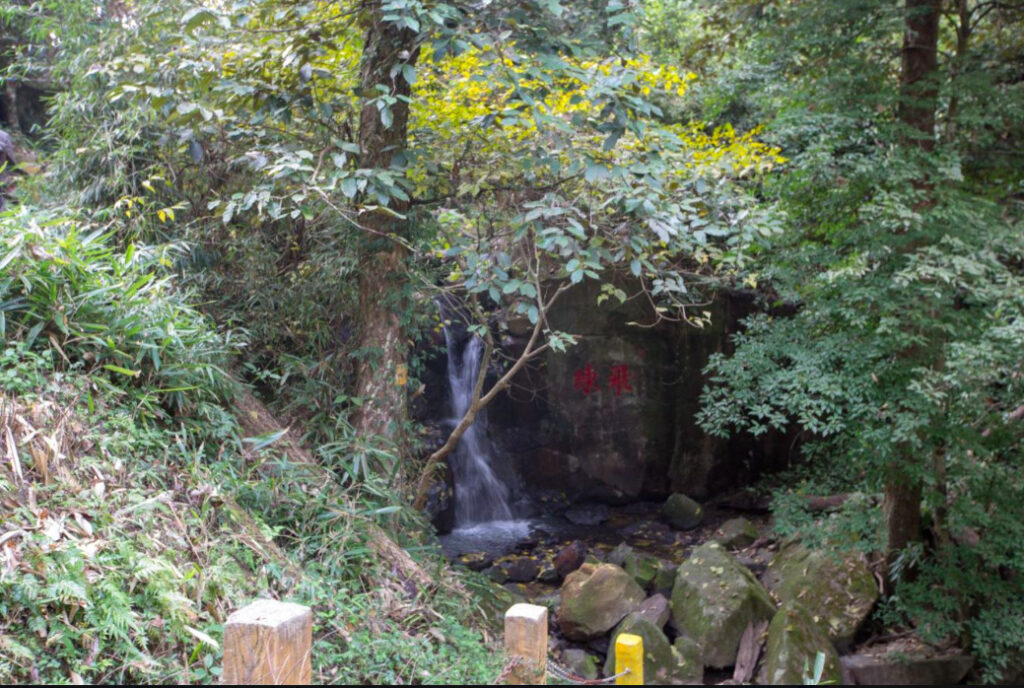

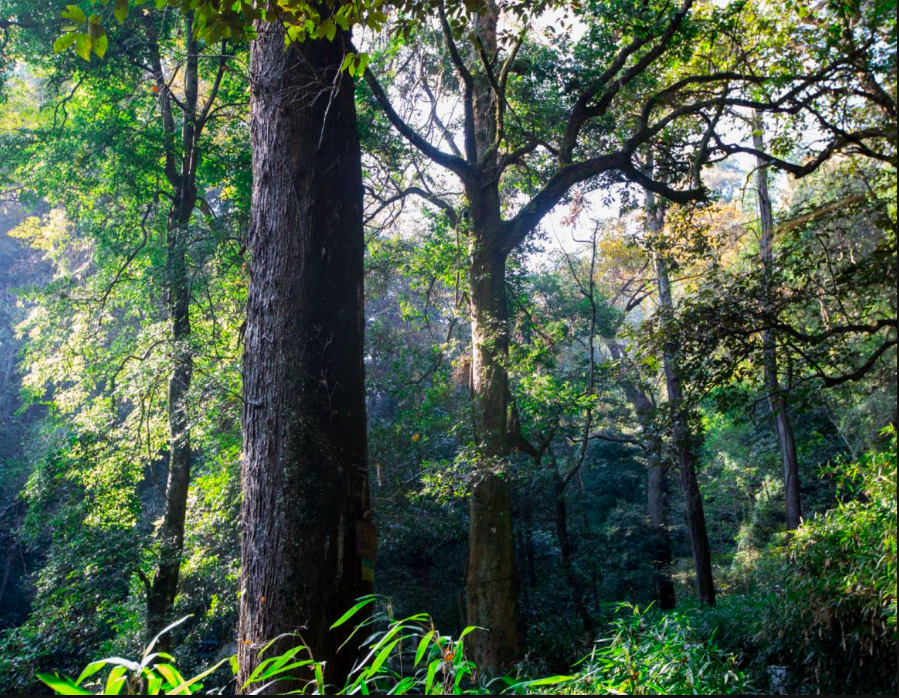
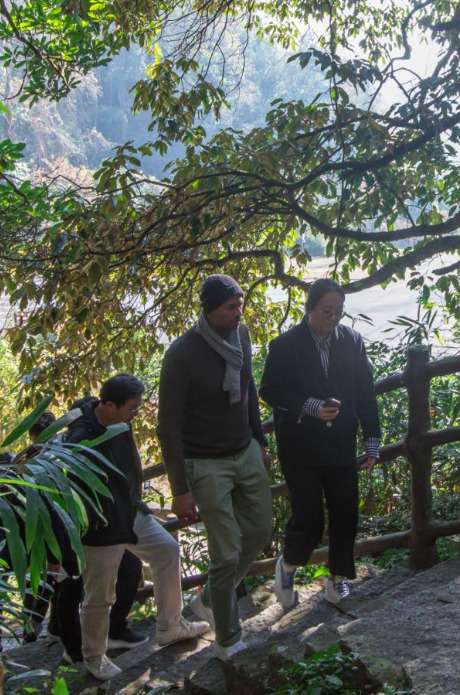
In the 11th century, during the fifth year of the Shaosheng era (1098), Lei Forty-Three, a remarkable female Buddhist practitioner from Yifeng Tong’an, made significant contributions to commemorate the enlightenment of Master Liangjia in Dongshan. Her generosity resulted in the construction of the “Fengqu Bridge,” a single-arch stone bridge spanning Dongshui in front of Dongshan Chan Temple. This bridge became a poignant symbol, associated with the moment when Liangjia “saw his reflection and saw enlightenment.”
Adding another layer to the historical interweaving of Buddhist traditions, the 5th century witnessed a remarkable exchange. Sri Lankan bhikkhunis, led by the venerable bhikkhuni Devasara Thisarana (Tie-se-ra), undertook the intricate process of dual ordination. This ritual, essential for female monks to attain Bhikkhuni status under the ordination of Bhikkus in Buddhist culture, culminated in the successful delivery of Bhikkuni Upasampada to China.
The threads of Buddhist history, woven between Sri Lanka and China, underscore the profound cultural ties that transcend geographical boundaries. As we delve into the annals of spiritual heritage, the Pu Li Zen Temple emerges as a sacred nexus—a living testament to the enduring legacy of Buddhism that continues to connect these two ancient civilizations.
Cross-Cultural Artistry:
The exploration extended to the artistry of Jiangxi, with a focus on root carving in Yifeng County which is recognized as a nontangible cultural heritage. The parallels with Sri Lankan wood carving traditions, such as the iconic “Daha Ata Samniya” masks and Lacquerware wooden painting which are intangible heritages of Sri Lanka, highlighted the shared roots of craftsmanship between the two ancient cultures. The article further explored the intricate details of root carving, showcasing Liu Sixi, a representative inheritor of this art form, and his decades-long dedication to creating unique and award-winning works.
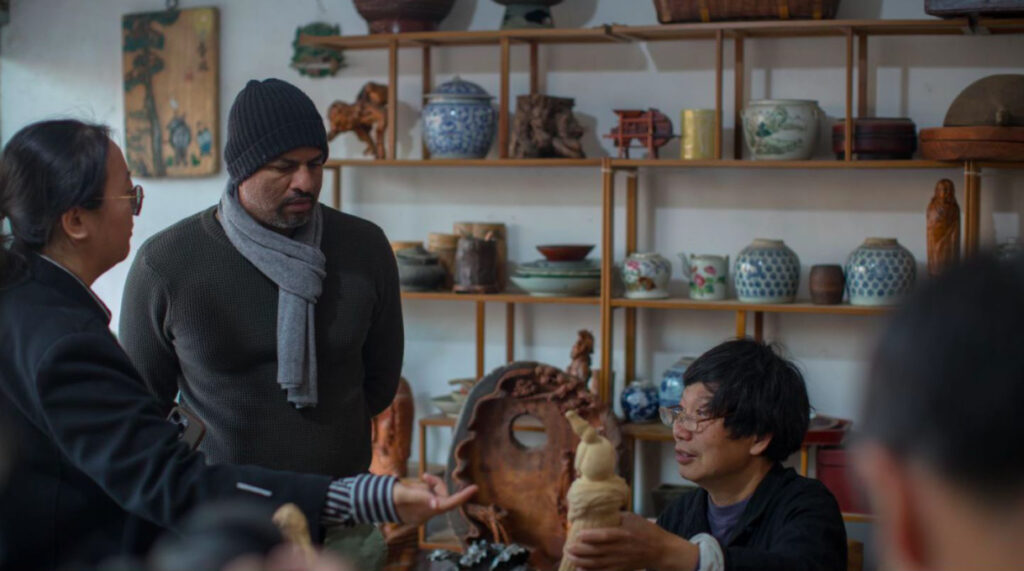


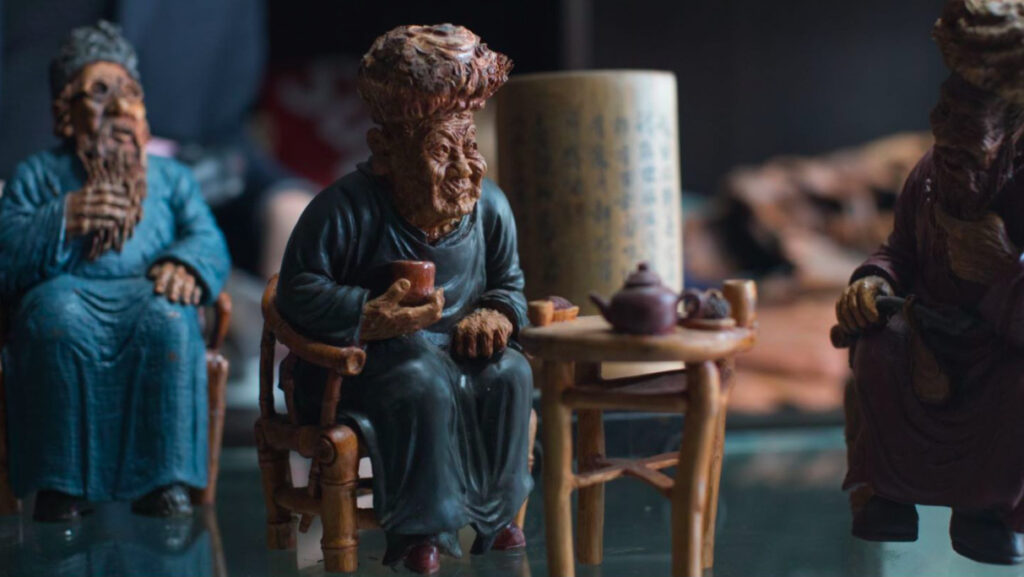
Nature's Wonders:
The following day saw the BRISL Director immersing in the scenic beauty of Tianzhu Peak and Tangli Cultural Tourism Resort, underlining the harmonious blend of natural landscapes and cultural heritage—a testament to the mutual respect for nature shared by both regions. The article provided a detailed exploration of the Tianzhu Peak Scenic Spot, emphasizing its ecological significance, including its reliance on the national second-largest reservoir Jiulong Lake and the distinctive Danxia landform Tianzhu Peak. Both Tianzhu Peak and Tangli Cultural Tourism Resort highlights the entrepreneurship power of the region in tourism industry and how eco-friendly focus of tourism with and the importance of cultural essences.




Kiwi Fruit and Ceramic Heritage:
The journey took an enchanting twist as it ventured into Fengxin County, unveiling the secrets of a sprawling Kiwi Fruit Base and immersing in the time-honored artistry at the Jing Kiln in Xiangtian Township. These stops not only provided insights into contemporary agricultural practices in Jiangxi but also celebrated the meticulous preservation of traditional craftsmanship.
In Fengxin County, the spotlight shone on a vast Kiwi Fruit Base, offering a firsthand encounter with modern agricultural methods. The kiwifruit cultivation in Fengxin, unraveling the diverse varieties cultivated and shedding light on the concerted efforts undertaken to achieve a harmonious ripening period. This agricultural marvel not only showcased the region’s commitment to innovation but also underscored the delicate balance between tradition and progress.
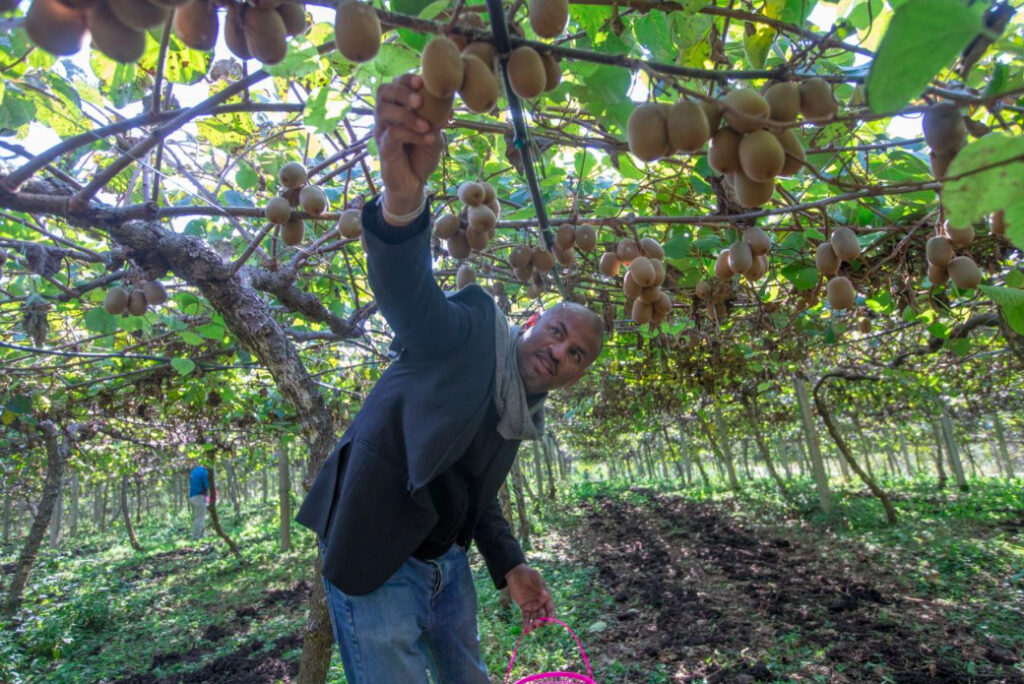
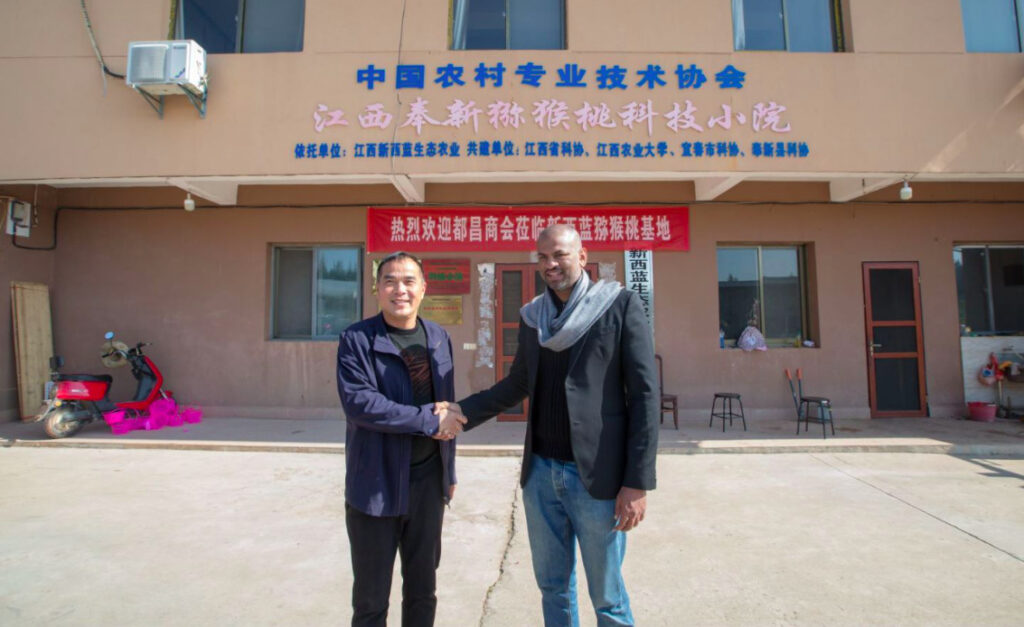
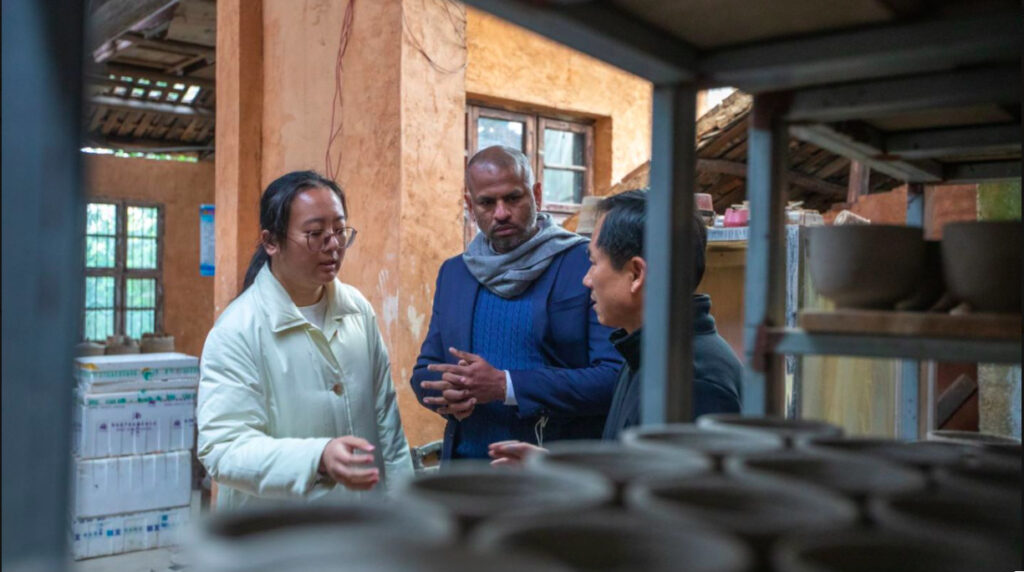
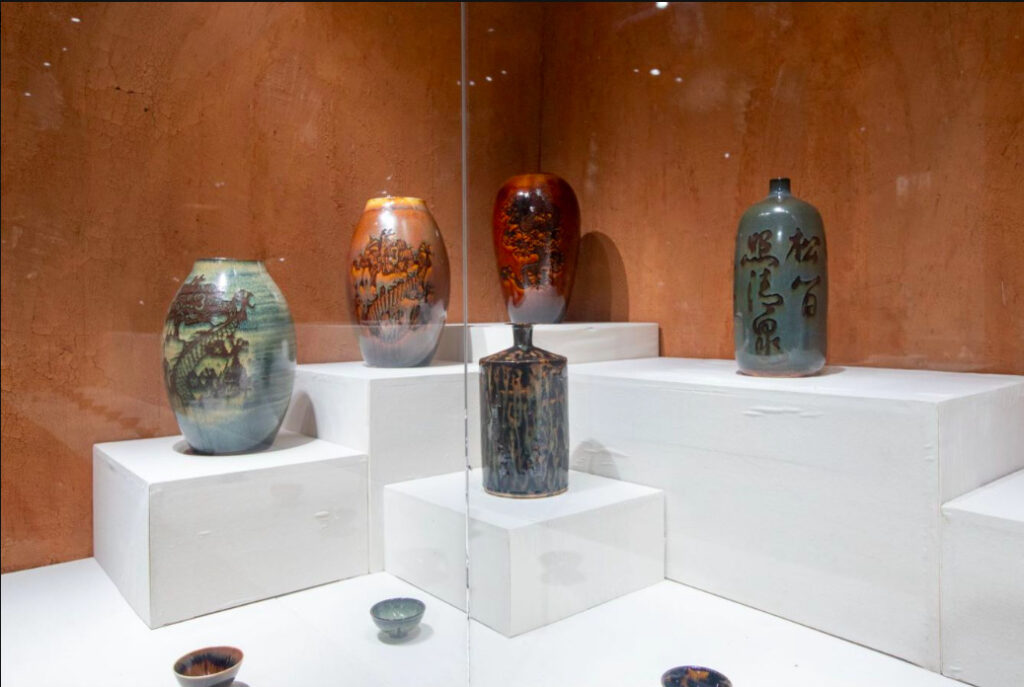
The exploration then turned towards the ancient craft of Chinese porcelain, a tradition boasting over 5000 years of history. At the Jing Kiln in Xiangtian Township, Mr. Wu Yingfang, a sixth-generation porcelain business owner, shared his profound connection to this rich heritage. During discussions with the BRISL director, Mr. Wu exhibited a porcelain plate adorned with the intricately engraved leaf of the Great Sri Maha Bodhiya from Sri Lanka.
This symbolic gesture not only demonstrated the artistry embedded in Chinese porcelain but also served as a tangible link between the cultural tapestries of China and Sri Lanka. In a generous display of craftsmanship and cultural exchange, Mr. Wu Yingfang gifted a porcelain plate featuring an engraved leaf of the tree which the silk bugs consume in China. This thoughtful gesture exemplified the interconnectedness of artistic expression and the enduring ties that bind diverse cultures. The intricacies of the porcelain craft, coupled with the meaningful engravings, showcased the timeless beauty of a tradition that continues to bridge historical and cultural gaps, transcending time and borders.
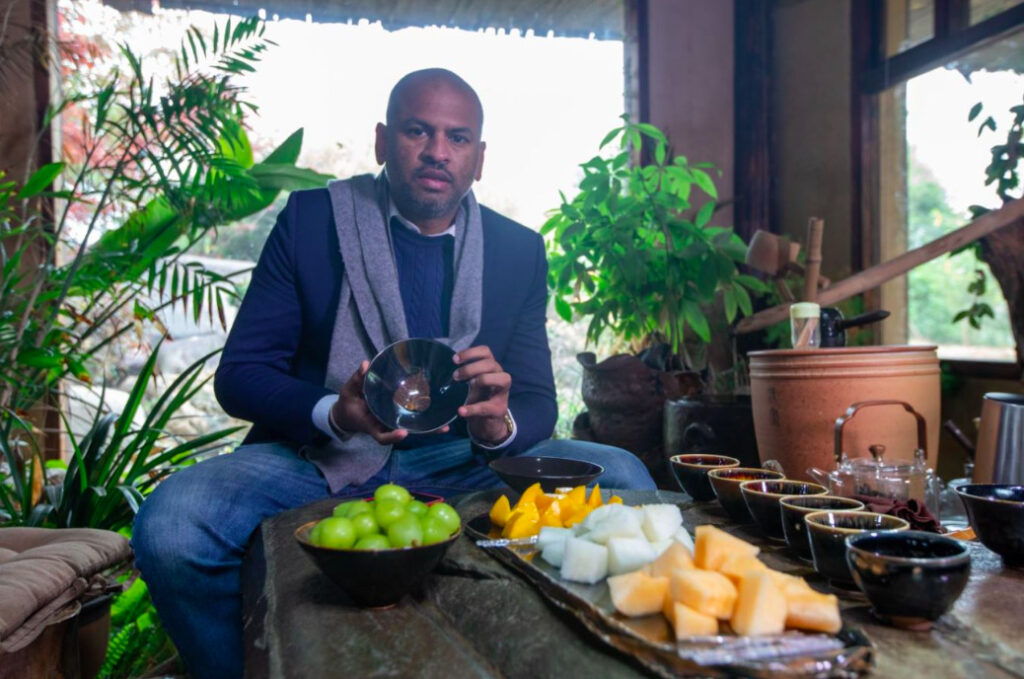

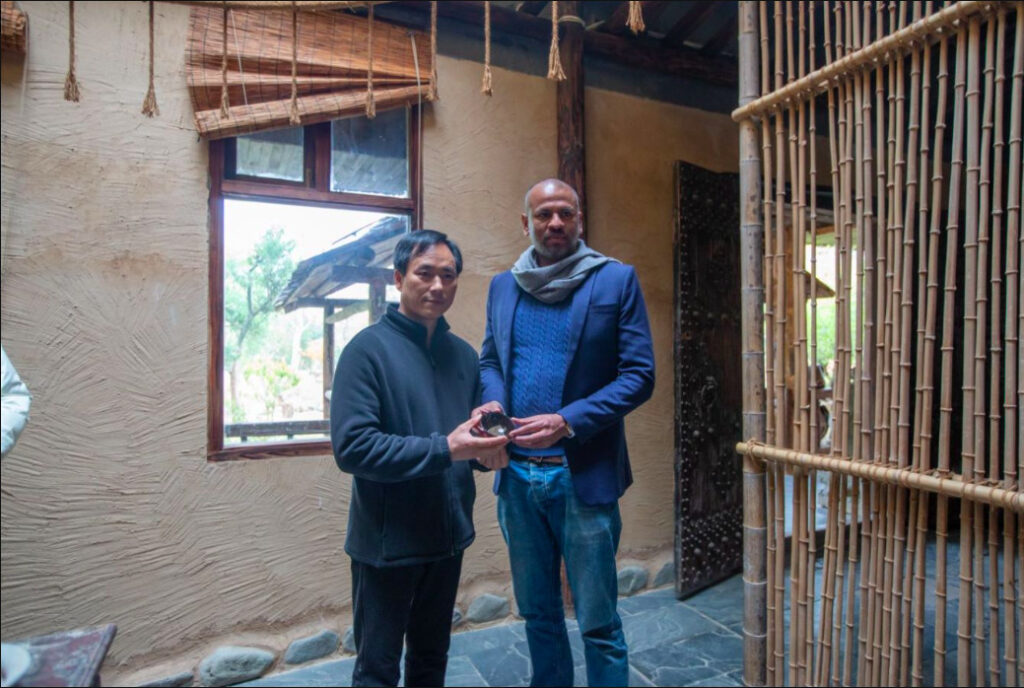
Chinese Traditional Culture Park: A Southern Forbidden City:
The exploration culminated in the Chinese Traditional Culture Park in Baofeng Town, echoing the grandeur of the Forbidden City in the south. This national AAAA-level tourist attraction served as a majestic testament to the fusion of history, ecology, and environmental consciousness. The visit provided an immersive experience of the park, describing the intricate details of its Ming and Qing antique architectural styles and the thematic emphasis on “Humanities, Ecology, and Environmental Protection.”

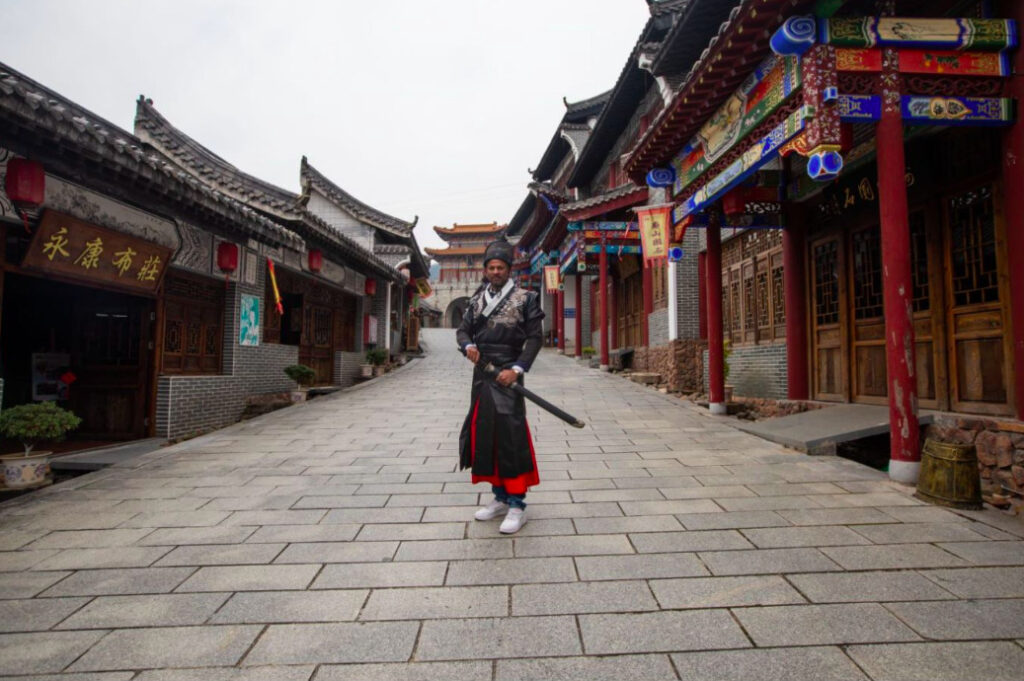
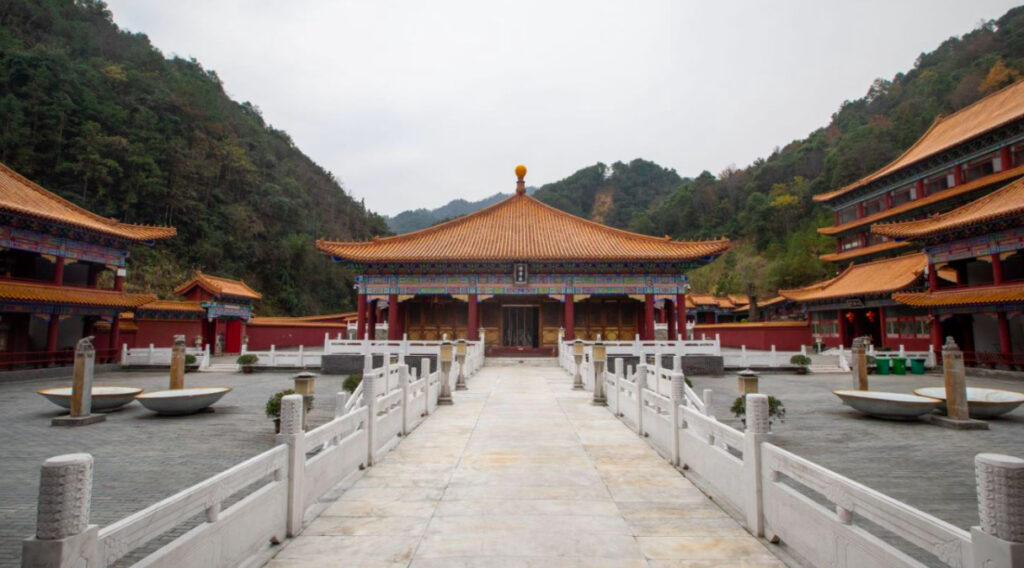
Baofeng Temple: A Spiritual Epilogue:
The journey reached its spiritual zenith with a visit to Baofeng Temple, a sacred site dating back over 1,200 years. Nestled in Shimen Mountain, this temple served as a fitting finale, symbolizing the spiritual connection and shared reverence for ancient traditions. The article delved into the historical roots of Baofeng Temple, tracing its construction back to the Tang Dynasty (AD 749) and its significance as the burial place of Mazu Daoyi.
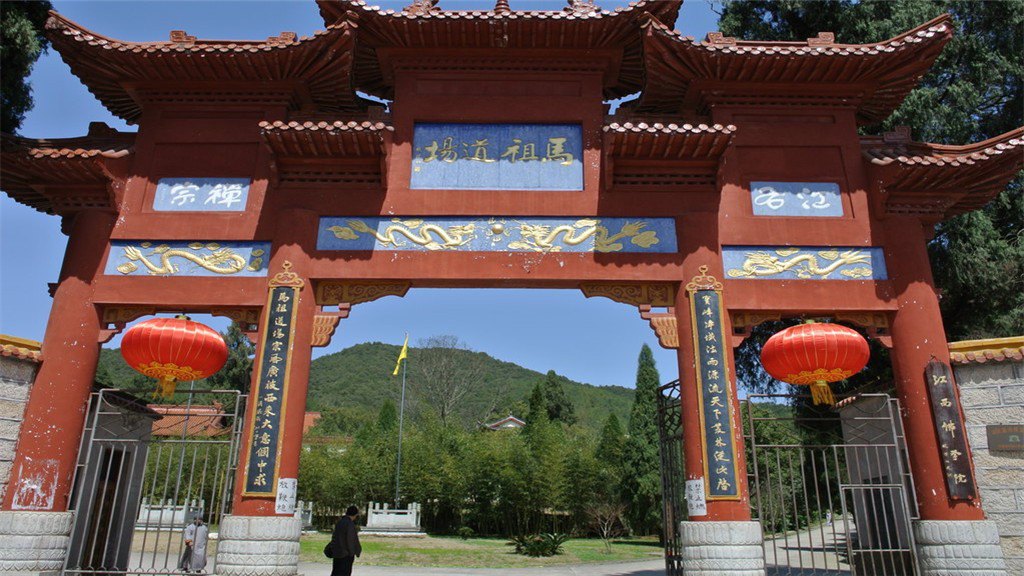
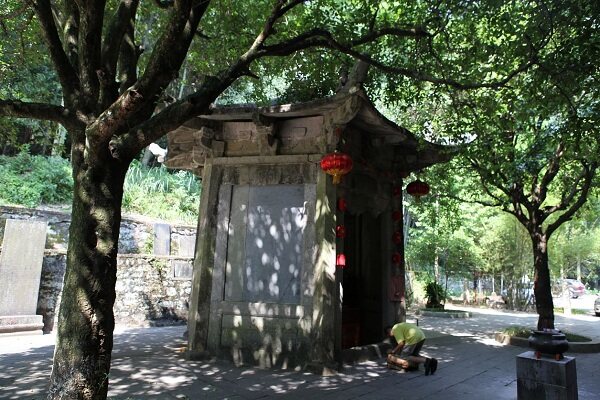
As the BRISL Director’s journey unfolded, the cultural and historical synergies between Jiangxi and Sri Lanka came to life in vivid detail. Beyond the geographical distances, this exploration revealed a shared heritage, emphasizing the resilience of traditions, the beauty of ecological coexistence, and the enduring bonds of ‘People-to-People’ connections between these two rich civilizations. In presenting this comprehensive narrative, the article seeks to inspire a deeper appreciation for the interconnectedness of cultures and the wealth of shared history that unites diverse regions across the globe.

